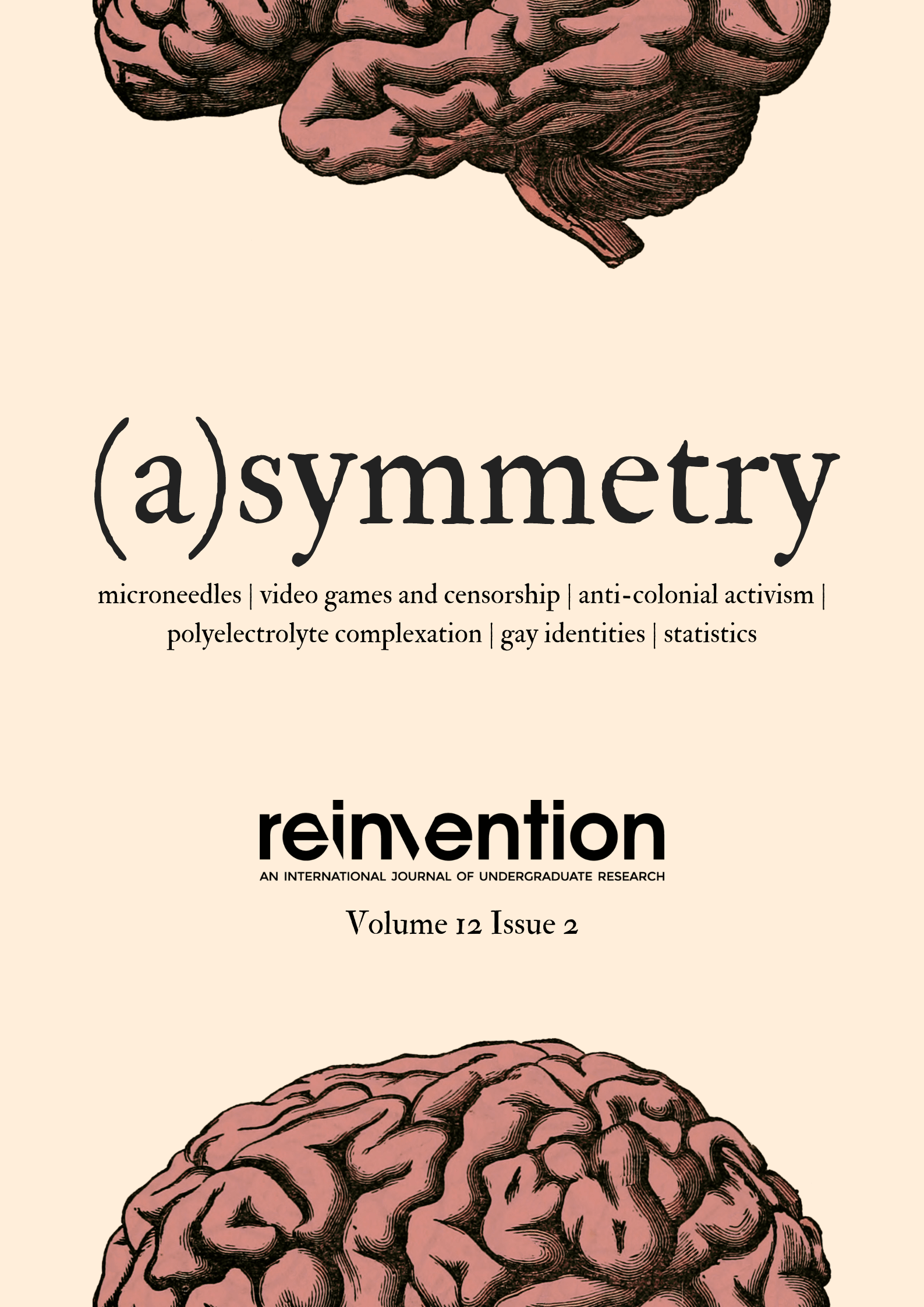Abstract
Polymeric materials, which include plastics, fabrics and the vast majority of biological substances, are abundant in modern society. On the molecular scale, these materials are built from the interconnection of similar chemical subunits to form chainlike macromolecules. The medical, electrochemical, synthetic and materials science communities have increasingly turned their attention to polyelectrolytes, a subset of polymers with electric charge, in part because of their ability to spontaneously and reversibly phase-separate (complex) in aqueous solution. This entropic and electrostatic separation can yield well-defined nanoparticles, dynamic gels and other useful materials. These materials are called polyelectrolyte complexes (PECs) and have formed the basis of complex-core micelle technologies that show promise as nanoscale drug-delivery vehicles for cancer treatment, and which have long been suspected to play a role in the chemical origin of life. This article describes the thermodynamics underlying polyelectrolyte complexation, and then illustrates the application of PECs in medicine and their possible role in the beginning of life, interconnecting these far-flung domains through their reliance on the spontaneous organisation of nanoscale space by chemical activity, the singular physical process of electrolyte complexation.
Authors are responsible for obtaining permission from copyright holders for reproducing through any medium of communication those illustrations, tables, figures or lengthy quotations previously published elsewhere. Authors are also responsible for adding these permissions to the acknowledgement footnote that precedes all other notes or crediting the source and copyright of photographs or figures in the accompanying captions.
The journal's policy is to ask authors to grant us the licence to publish their work, which gives us the exclusive right both to reproduce and/or distribute their article (including the abstract) in printed, electronic or any other medium, and in turn to authorise others (including Reproduction Rights Organisations such as the Copyright Licensing Agency and the Copyright Clearance Center) to do the same. In return the author(s) assert their Moral Right to be identified as the author, and we promise that we will respect their rights as the author(s). That is, we will make sure that their name(s) is/are always clearly associated with the article and, while they do allow us to make necessary editorial changes, we will not make any substantial alteration to their article without consulting them.
Copyright remains with the author(s), however, the author(s) authorise us to act on their behalf to defend their copyright if anyone should infringe it, and to retain half of any damages awarded, after deducting our costs. The author(s) also retain the right to use their own article (provided they acknowledge the published original in standard bibliographic citation form) in the following ways, as long as they do not sell it or give it away in ways which would conflict directly with our interests. The author(s) is/are free to use their article for the internal educational or other purposes of their own institution or company; mounted on their own or their institution’s website; posted to free public servers of preprints and/or articles in their subject area; or in whole or in part, as the basis for their own further publications or spoken presentations.
If you have any queries about copyright please contact reinventionjournal@warwick.ac.uk

